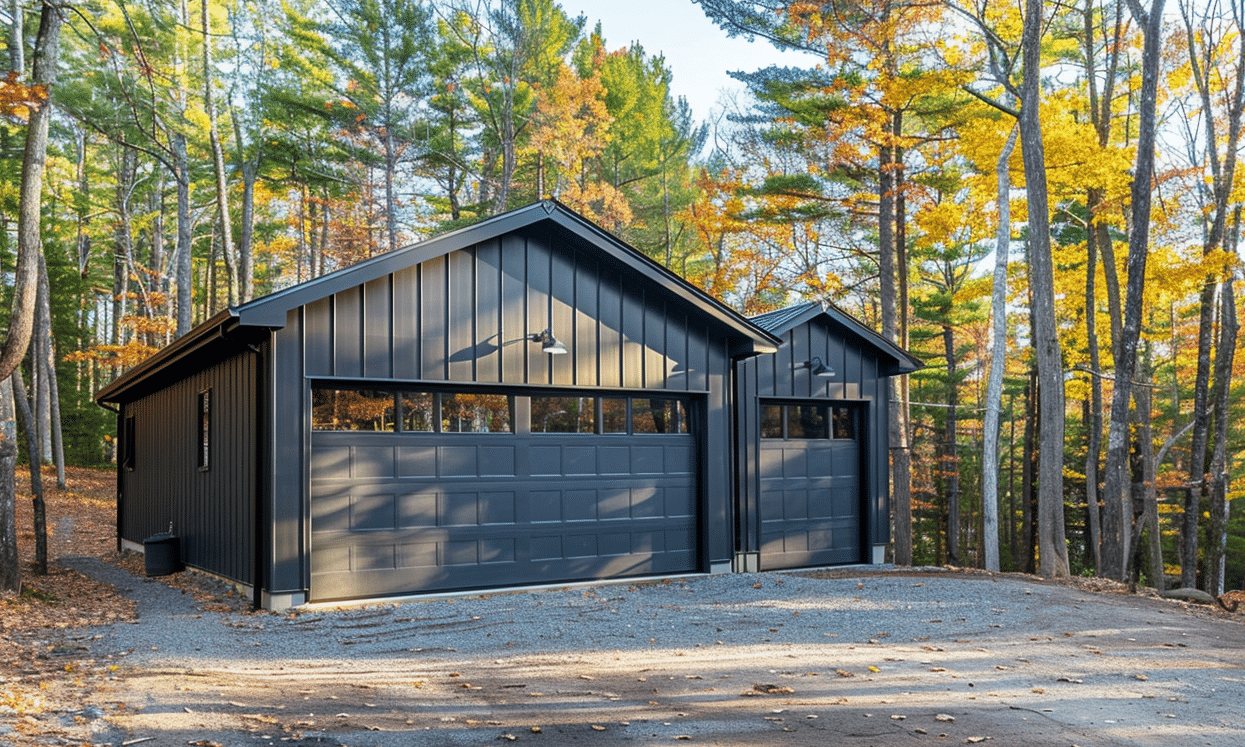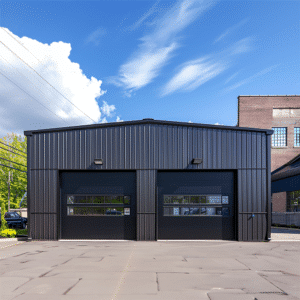Are you in the market for a new home? For many potential homeowners, the excitement of finding the perfect residence is often accompanied by a whirlwind of emotions and decisions. One significant step that you simply cannot overlook in this journey is conducting an effective home inspection before buying. Taking the proper steps in this process can spare you from unforeseen headaches down the line.
The Importance of a Comprehensive Home Inspection
A home inspection is a pivotal point in the real estate buying process that can save you time, money, and stress. But why is it so indispensable? Think of it as a health check-up for your potential new home. Ideally, this inspection entails a thorough evaluation of the property’s condition, which is crucial for any informed buyer. Whether you’re eyeing modern steel structures or a charming vintage home, understanding its current state is paramount.
Uncovering Hidden Issues
Even the most visually appealing homes can harbor hidden problems that might be costly to fix post-purchase. A home inspection for buyers often reveals issues related to plumbing, electrical systems, roofing, and foundation stability—critical areas that are not always visible to the untrained eye. As you navigate the complexities of house hunting, it’s helpful to understand that looks can be deceiving.
If you’re heading towards a residential construction, considering potential construction delays or defects can also affect the move-in timeline and costs. For tips on how to handle such challenges, check out the guide on dealing with construction delays.
Preparing for the Inspection
Before diving headfirst into the inspection process, there are a few preparatory steps to consider to ensure you’re well-equipped.
Selecting the Right Inspector
Not all inspectors are created equal. Do your homework by researching and selecting an accredited inspector who comes highly recommended. The ideal professional will have a robust portfolio of inspections and be comfortable answering any questions you may have. This step is just as crucial as picking the perfect realtor on platforms like Zillow.
Readiness for Inspection
Prepare a checklist of areas you wish to have examined. Discuss this with your inspector ahead of time to ensure all your bases are covered. This forethought can prevent you from having to arrange multiple inspections and adjusting your schedule.

Key Areas to Inspect
Understanding which home components require inspection can transform a daunting process into a manageable one. Let’s take a closer look:
Foundation and Structural Integrity
The foundation is the backbone of any building. Check for cracks and signs of water intrusion. These could be indicators of deeper foundational issues which, if not addressed promptly, could compromise the very essence of your home. If considering metal building systems in Ontario, note that they may offer a different structure integrity approach.
Roof and Attic
A professional inspector will likely explore potential leaks, insulation status, and the overall state of the roof. It’s no surprise that fixing or replacing a roof can be a significant expenditure, hence spotting these concerns early is advantageous.

HVAC Systems and Plumbing
The heart and veins of your home’s operation, HVAC systems, and plumbing need to function smoothly. Verify that heating, cooling, and ventilation are all in peak condition, ensuring home comfort all year round. Additionally, investigate beneath sinks and around plumbing fixtures for leaks that could indicate broader issues.
Electrical Systems Safety
Ensuring the safety of the electrical system is non-negotiable. The inspector should evaluate wiring, circuit breakers, and outlets to prevent potential fire hazards. This is particularly pertinent in older homes where outdated systems may not handle present-day electrical demands.

Interpreting the Inspection Report
Once the inspection is complete, you’ll receive a detailed report outlining the property’s state. This document serves as a valuable tool for negotiation, allowing you to request repairs or a price reduction if necessary.
Negotiating Repairs
If significant faults are found, engage with the seller to discuss repairs or adjust the home sale price. In some cases, a seller may cover the cost of repairs before the final sale, which can spare you renovation burdens right out of the gate.
If purchasing a new build, align closely with Your Building Team for a seamless transition into homeownership, guaranteeing timelines and quality standards are met, much like the expertise they’ve shown in residential construction projects.
Final Thoughts
In conclusion, a home inspection for buyers is not a procedural formality, but a fundamental pillar in the home-buying process. Treat it with the high level of importance it deserves. From identifying hidden structural woes to negotiating pivotal repairs, this step can determine whether your next property is a dream home or a potential financial drain. Armed with the right tools and resources, you’ll confidently make informed decisions and choose a house worthy of being called ‘home.’










